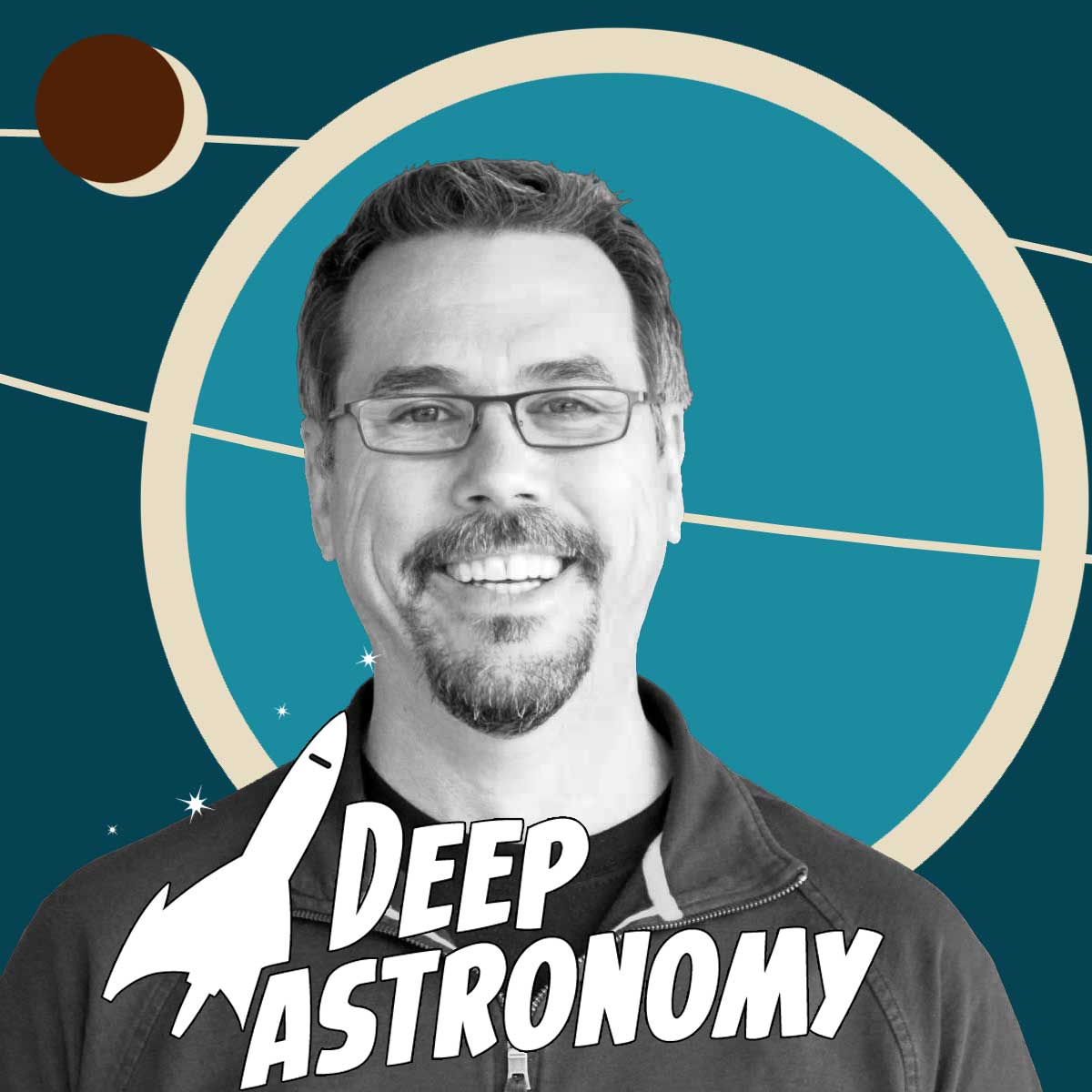Today, @deepastronomy talk with Kelly Beatty from Sky and Telescope to discuss the growing problem of light pollution, what he thinks about SpaceX new swarm of satellites and much more


Today, @deepastronomy talk with Kelly Beatty from Sky and Telescope to discuss the growing problem of light pollution, what he thinks about SpaceX new swarm of satellites and much more

Have you been wondering, as I have, what the latest news is on the amazing space telescope known as LISA? Today @DeepAstronomy will talk about the update of LISA.

Today’s amateur equipment is now possible to engage in professional-level sky searches for asteroids.

In this episode Tony discuss with Molly Wakeling about her night sky imaging story, share some tips techniques and secrets for creating great images yourself!

Tom Bramwell works for one of the most exciting companies in amateur astronomy: PrimaLuceLab. Tom handles all hardware and software support for customers located in the United States, Canada and Mexico to bring the spirit of PrimaLuceLab to the North America.

Today’s recording of Space Junk Podcast will be streamed live. Today’s topic is binoculars so please join us for discussion and questions!



Black dwarfs can explode into fiery supernovae long after the universe has gone dark. How is this possible?

Science deniers have been with us for a very long time. Though Galileo’s quest to prove that Earth orbits the sun was correct, he eventually recanted his belief as punishment for heresy.